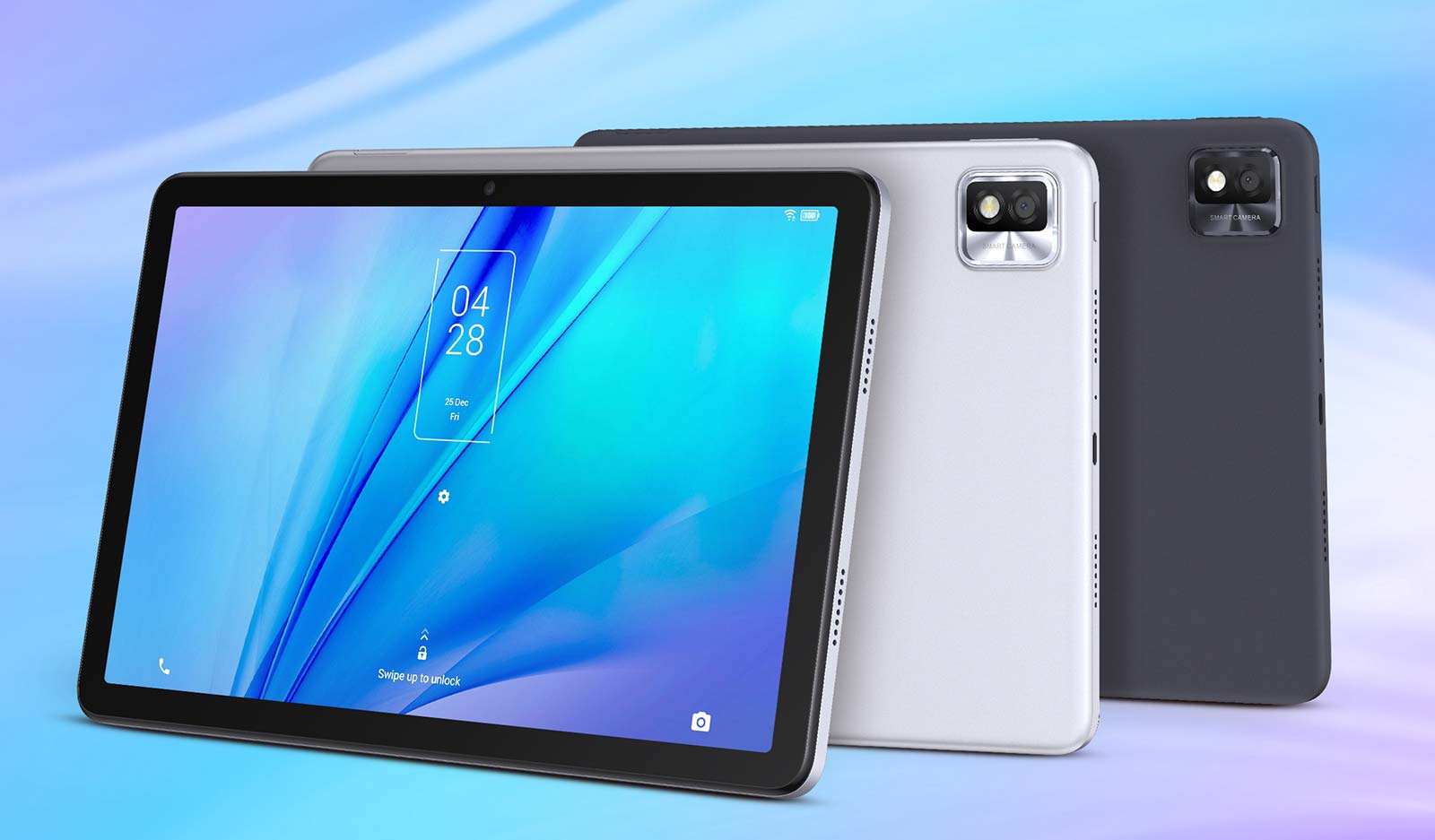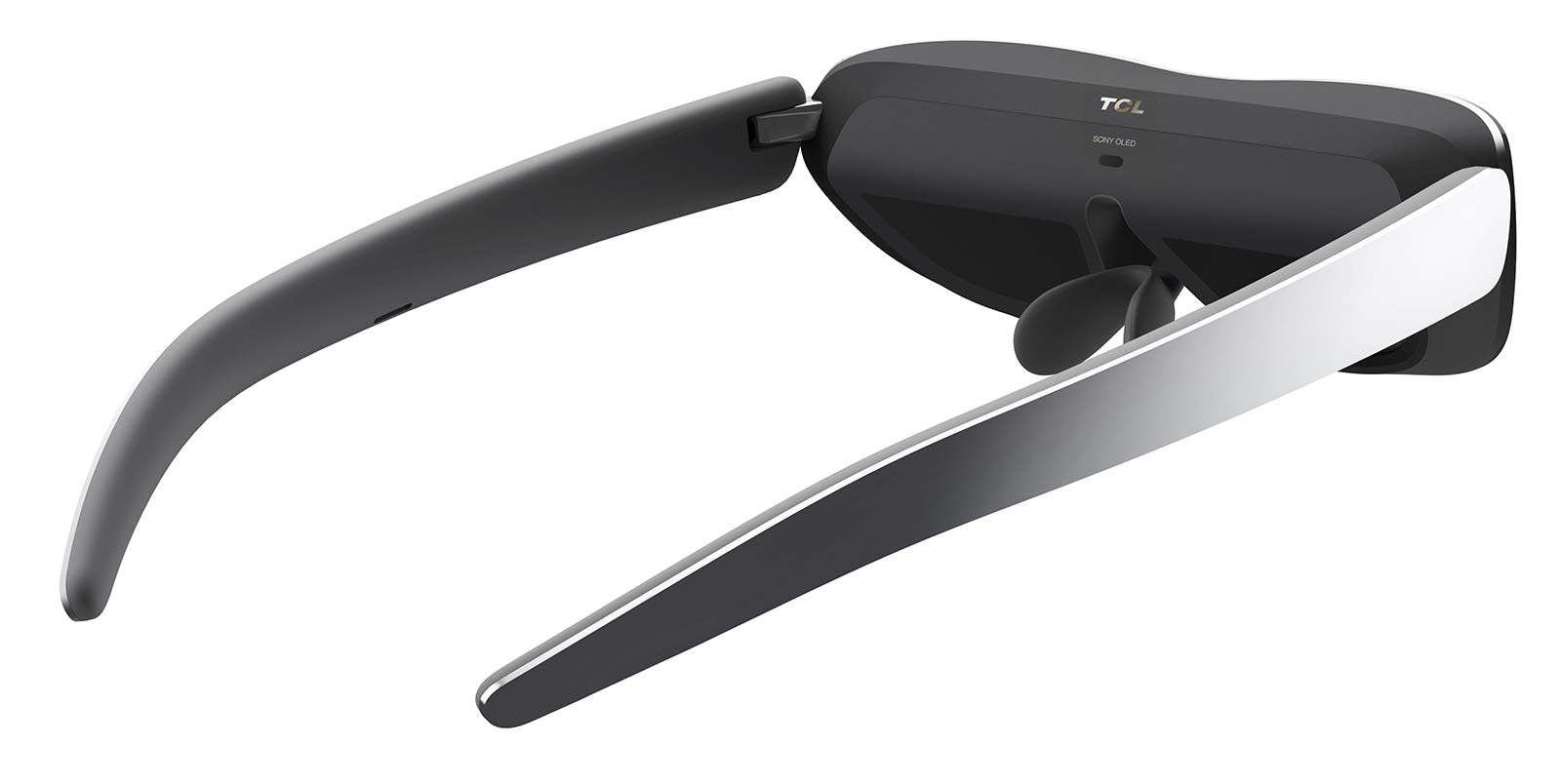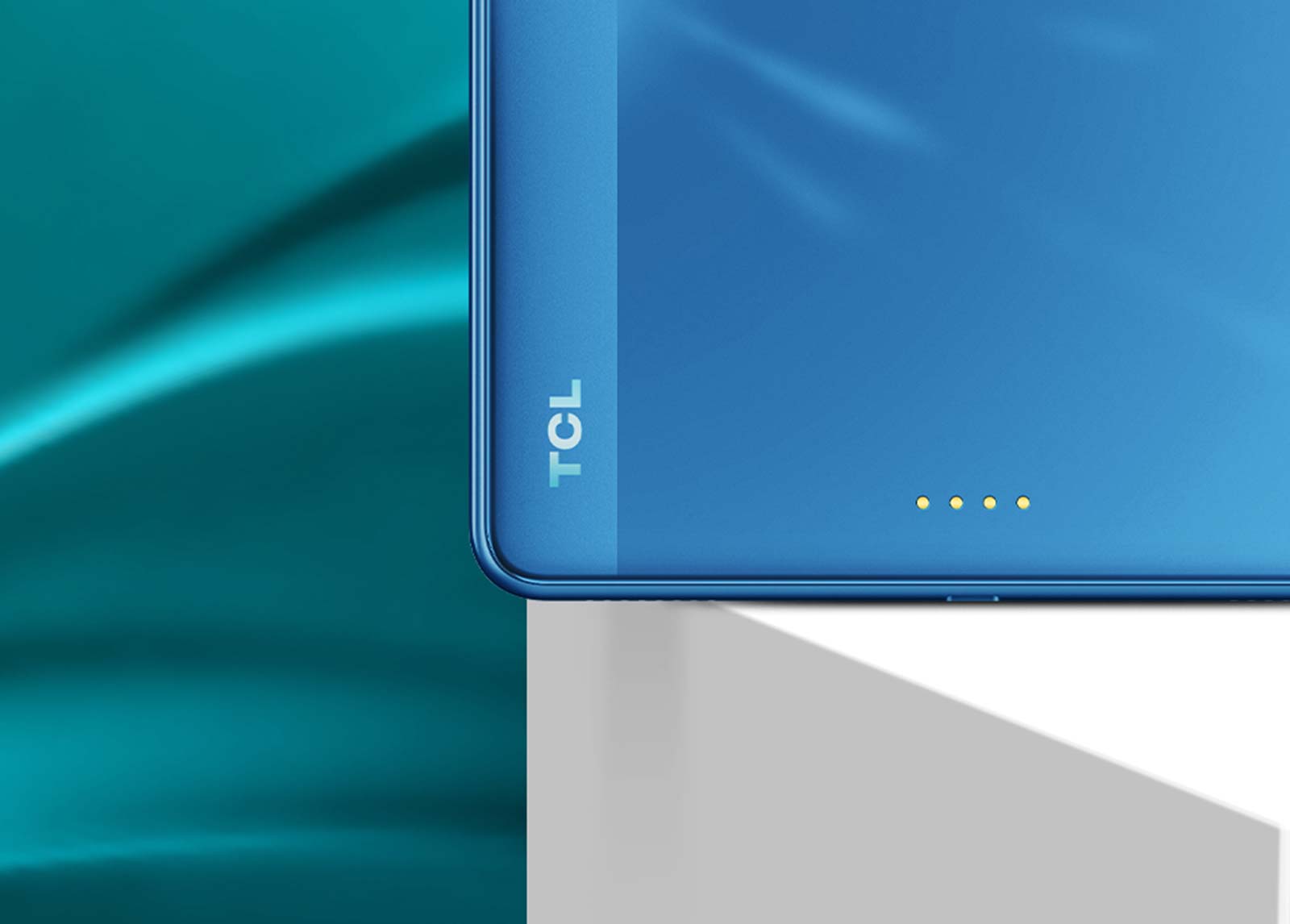CES is home to reinventions of technology, not just updates, and TCL’s next type of screen might well be that.
If you tune into the news from CES 2021 looking for something new, there’s plenty for you even in the initial days of the totally online event this year, but much of it comes in upgrades. New computers and new TVs are dominating, and there’s plenty of other stuff we hear, too, but totally new styles of technology seem to be harder to find.
Fortunately, not for every company, as TCL is demonstrating this week. There’s a lot coming out of that brand, and we’re writing as frantically as we can, with plenty to talk about, one of which is a new type of screen made to take mobile.
It’s a technology TCL calls “NxtPaper”, and something the company started dabbling in last year. This year, it’s coming out, with the result basically an 8.88 inch touchscreen tablet running a MediaTek chip, 4GB RAM, 64GB storage, and Android 10. However the big deal here is in the screen itself, which has no backlight and uses the natural light around you and in the world to work.
The NxtPaper technology is just one of TCL’s crazy out of the box ideas coming to CES 2021, basically using this backlight-less approach to screen technology to ensure no blue light or flicker in a screen, making for a display that is better for the eyes overall.
TCL told Pickr that the technology is still using an IPS screen (In-Plane Switching), making it like an iPad screen in that it’s capable of rendering full colour images and videos, but that it doesn’t use the same style of lighting as other tablet screens, and is therefore more power efficient and better for human eyes overall.
One catch of the technology is that because it uses the available light to work, it’s made for daylight and well-lit environments, but not for dimly reading or watching.
“If there is no light, it’s dark, [and] you don’t see anything,” said Stefan Streit, General Manager of Global Marketing at TCL told Pickr at a briefing for the technology, though did note that a reading light would be included in the box for people who wanted to use the NxtPaper technology at night.
Indeed, it may well be one of the more curious technologies we hear about at CES, because it’s a tablet that needs a clip-on light to work in the dark, though it’s one that might be better suited to eyes than most screens overall.
“NxtPaper is a prime example of TCL Mobile’s ‘Display Greatness’ philosophy and showcases how a vertically integrated ecosystem can help produce innovative new products quickly and affordably,” said Streit. “This new type of display will directly benefit remote workers and students alike, bringing new features that help encourage productivity, make life easier, and keep our eyes safe.”

NxtPaper isn’t the only thing TCL’s mobile arm is introducing at CES, though. There’s also an actual tablet, too — yep, one with a backlight — coming in the TCL Tab 10S, with a 10.1 inch screen and a large 8000mAh battery — but that’s not experimental. What is, however, is TCL’s wearable screen, coming in the form of a pair of glasses, the aptly named TCL Wearable Display.
The heads-up on this one is that’s it’s a pair of glasses with two very small 1080p Full HD OLED displays in the glasses allowing you to watch videos inside of a pair of glasses. Our understanding on these is they’re a little like a VR headset in what you’d see, but also nothing like one because there’s no sensor to track head movements. Rather, the TCL Wearable Display is a portable head-mounted display (HMD), basically used to let you plug directly into a phone, tablet, or computer, and watch from your eyes.
Interestingly, these concepts all have timings for release, which is something we don’t always hear about with concepts introduced at CES.
For the NxtPaper tablet, TCL is suggesting release in the second quarter of 2021, between April and June, while the TCL Tab 10S is out just before then in March in Europe, and hopefully not long after in Australia. The TCL Wearable Display also has an expected release in the latter half of this year, but as to what any of these will cost in Australia, that’s still a question mark at this time. We’ll let you know if and when that changes.








